Welcome to AI Frontiers.
All right, why don’t we just jump right in.
Ece Kamar: Okay.
Llorens: Okay.
Kamar: Take it over.
[MUSIC FADES]
Llorens: All right, so I want to start at a place that I think will be close to your heart, and that is with the difference between a model and a system. But let me, let me paint the picture a little bit, right. So machine learning is a process through which we create something called a model, which is learned from data. The model is a kind of program that maps inputs to outputs, be it language, images, etc. In deep learning, the models are some variant of an artificial neural network. And finally, in the current era of large-scale AI, these models can have hundreds of billions of parameters or more. But there’s a model, and then there’s a system. The system is the thing that gets deployed when we put out a product or something. So, Ece, from your perspective, what’s the difference between a model as described here and a system?
Ece Kamar: Yeah, that’s, that’s something that I’m thinking so much about these days because we are all getting very excited about the emerging capabilities we see in the latest models—what they can do, what kind of questions we can ask them, the generalizability, the interactive power, even some of the reasoning capabilities that are surprising just to be able to get them with that input-output mapping that, Ashley, you’ve been talking about. However, when you think about it, these models on their own, they don’t really have a purpose. They are just trying to replicate what they have seen in these massive data sources. And the thing that has been driving me as a researcher, even from my earlier days, has been the purpose: why are we building technology, and what is the purpose behind it? And the main difference between a system and a model is a system has a purpose. We build these systems for a particular reason that—in particular, the reason I care very much about is providing value to people who use these systems. So in terms of that distinction, I am spending a lot of time these days thinking about system design with the purpose of enabling, augmenting people, and these systems will have these latest models as building blocks. No question about it. They are so powerful in terms of synthesizing information, having a cohesive, interesting conversation. But at the same time, they are not enough. To be helpful to people, we have additional capabilities like knowing about that individual, learning from that individual, having an understanding of the goals that the individual would like to have. So we are trying to get to that system architecture, the system design that can actually make that input-output model a very crucial part of a much bigger, uh, purpose.
Llorens: Maybe next we can go into the system lifecycle. So there’s a way that a system component like a model becomes part, uh, of a larger system that eventually gets deployed. So tell me about that lifecycle. What’s that like from your experience?
Kamar: From my experience, actually, the larger system you really care about is the hybrid human-AI system because at the end of the day, what we really care about is not how great a system is alone, like an AI system is alone, but we care very much about how well that partnership is working between the human and the AI system. And right now, we have some systems out in the world that are actually already providing a lot of value for. For example, Copilot is a great example of this—the GitHub Copilot—where as you’re writing code, it can make suggestions for you and you can accept or reject them. At the same time, this is really missing some very crucial abilities in it because we are still in the very early days of this copilot-AI revolution. So what are some of the capabilities we are missing? Copilot still doesn’t really have a very good understanding of me as a developer. What are the particular habits I have? What kind of code I love to write? Maybe I care very much about the interpretability of my code by others when I’m not in that project anymore. It is not necessarily a preference that Copilot has about me. I think soon enough it will because I think we are going to get to a world where these AI systems will know a lot about us, our goals, our preferences, our intentions, our habits. And then they are going to become a lot more helpful to us. The other thing that’s not happening with the current systems is that they are not learning from feedback. As individuals, when we are part of teams—let’s say I’m working with you, which we do, all the time—I learn about you; you give me your feedback. You say, “Next time, don’t do that. Maybe don’t consider doing it that way.” I take that into account. I get better at what I do because I learn from you. So the more we build these self-feeding feedback loops into our AI systems, they are going to have a better understanding of us as users, but also they are going to be able to provide more value for us.
Llorens: The first time I used GPT-4, I asked it a question that was inspired by my own work in underwater robotics. I asked it how far away I could hear a sound generated underwater in the ocean. The response took me completely by surprise. The model pointed out that more information was needed, like how temperature would affect the speed of sound through the water. It suggested I consider using a sonar array. It went ahead and made its own assumptions about those things and then gave me an answer. The reasoning was breathtaking to me. I knew for a fact it hadn’t been explicitly trained to do any of that. It challenged my notion of the value of being able to do this kind of reasoning as a researcher.
So maybe we can actually start with the model and your experience of it. The capabilities and limitations. But why don’t we just start with your first impressions of it?
Kamar: It was surprising, mainly because I have been working in the AI space for almost like, I don’t want to say it, but two decades. So we have been all thinking about new models, new architectures, what is coming in AI; we always had in mind these kind of ambitious goals for AI. For me, it has always been these AI assistants that come and help us with whatever we are doing, even from the early days it has been that. But always that aspiration never really landed because when we tried to build these systems, they became narrow that they did not really match what, as users, we needed from them. And when I saw GPT-4 and started interacting with it, I saw some mind-blowing capabilities that I thought I wouldn’t see for many years to come. And one of the surprises was how quickly we get here. So that’s kind of No. 1. And we can talk a lot more about like what are those surprising abilities, but second, immediately, my mind goes to, what can we do with this? Because first of all, there’s so much potential now we have in terms of bringing that vision of helping people into reality.
But second of all, because I also care a lot about responsibility, “Oh, my god, this powerful model will come with so much responsibility.” What, as Microsoft, we build with this plus what others will be able to build with this model or maybe models [that] will come next, that’s going to matter a lot for not only for us as researchers, not only for users, but our society overall.
So the other reaction I had was like, what can go wrong and what can we do to prevent those negative consequences from happening? And that’s going to be a long journey that we are going to be on.
Llorens: Sure. Let’s get further into those surprising capabilities.
Kamar: Yeah, sure. So one of the very surprising capabilities is how general purpose these models are at the moment. I can prompt it to write code, write poems. I can ask—I’m Turkish. I can ask questions in Turkish and I can get very fluid responses in Turkish. It can actually write me beautiful poems about sunset in Cappadocia in Turkish, which is like, oh my god, this is already creating an emotional reaction, right, when I’m interacting with it. And then, though, you get into much more practical tasks. For example, how do I turn some of my thoughts into, into writing? Um, how can I customize my voice for different audiences? And the model seems to know about these things and can help me, but not producing a final result, but bringing me to a point where I can be a lot more productive.
So that general-purpose nature of it, like I can go from writing a poem—which I’m terrible at it—to writing academic papers—I think I’m better at that—and helping me throughout the spectrum when I’m not good at something, when I’m kind of good at something. That is just showing me so much potential, such a big spectrum.
But the other thing is the interactivity. It is not this static tool where I basically ask one thing, it gives me one answer, and I’m kind of done, like whatever I can do with that one turn is all I get. It is actually the opposite. It gives me a response and I can actually instruct it further. I can talk about my preferences, how I would like that to be changed for something that’s a much better fit for my needs.
And as a person, I may not be able to articulate my needs at the beginning clearly, so that interaction of being able to see what it can do and asking further is just making it a much, much more capable tool. And the other thing is the reasoning capabilities. What I mean by that is that, you know, for the last few years, as these larger models came out and came out, we all said, OK, this is pretty powerful, but it is still just like repeating patterns it has seen in the, in the internet. And one of the—you know, I think some of my colleagues used the term—was “stochastic parrots.” It’s just repeating things back to you. And what we are seeing with GPT-4—and I think it’s just the phase transition; we’re at this point in this phase transition and these capabilities are going to get stronger and stronger—is that the capabilities for synthesis, compiling information together to get into new insights that may not exist. I’m not claiming all of those insights are correct, but they are giving people sparks that they can further think about and build on. Also, it can reason about multiple steps. It’s not a planner yet, but it has the basics of top-level reasoning where we can start from a point towards the goal and we can collaborate to work towards a plan to get there.
And those are all very powerful things, especially when we think about building an AI system that can take somebody’s goals and turn them into actions.
Llorens: So you mentioned, planning as a limitation of the model, but let’s just talk about, you know, maybe more fully about the limitations that, that you see in, the in the current, current model, current state of the art.
Kamar: You know, a lot of people, when they think about these limitations, they see these as reasons not to invest in these technologies at all. I look at it from a different perspective. I see these as pieces of the puzzle that we need to invent and put in place. So we started this conversation with the distinction between the model and the system. The model is a very powerful piece of this puzzle, but we are also, as we are building these systems—like Bing is a great example, the GitHub Copilot is another example—we are seeing what they can do, but we are seeing a lot about what they cannot do, and that is giving us, as researchers, ideas about new puzzle pieces we need to invent so that we can come to this architecture.
So a huge limitation, hallucinations. I think that is top of mind for a lot of us. These models are learning from large datasets on the internet, they don’t have fresh information. They are not able to separate reliable information from unreliable information. And also because these models are general-purpose tools, sometimes we want to use them for creating something new that doesn’t exist on the internet, for example, writing a brand-new poem that nobody else wrote before. But sometimes you want them as information retrieval engines, where the biggest requirement is being correct in terms of that information coming back. So we are all learning, like, how can we understand the purpose, turn it into prompts, and then figure out the best way to instruct these models so that, so that we are getting our desired behavior in return, but also how can we actually, in the future, specialize these models in a way that we can have versions that are much less prone to hallucinations?
How can we ground them with the right context and know how to communicate that intent well, so that I can be assured that whenever they are giving me information, giving me facts when I need the facts, they are giving me the right facts? We are at the very beginning of solving this puzzle. But in my mind, this is not a limitation.
This is actually showing me a lot of problems, research problems, to invest in.
Llorens: So, Ece, you’re a leader here at Microsoft Research. You’ve got a team, and your team, uh, is instrumental in this process of turning the model into a system, uh, for some of these applications. And I guess you’ve talked about understanding the purpose—systems have a purpose—and maybe there’s aspects of the system design that mitigate or deal with some of the limitations in order to make it fit for that purpose.
You mentioned grounding, for example, as one of those methods, but can you just get deeper maybe into grounding and some of the other techniques that you use to, again, turn the model into a system?
Kamar: Yeah, definitely. We have been working with different teams across Microsoft as some of these technologies find their way into products, both understanding the limitations but also helping to overcome those limitations, um, with existing techniques. Of course, there’s a lot to be invented, but right now we still have some things in our capabilities list that we can apply to make these problems mitigated, up to some extent.
Just to give a few examples, right, when we are giving search results, instead of just using GPT-4 to produce that result, we are actually getting better, more accurate results when the top search results are provided as context to the models for them to create their generations. So that is one technique that is currently implemented. That is an example of grounding, grounding with that context. You can imagine that for another application, let’s say for writing an email for you, here we can ground with your past emails written to the same person; we can ground based on your personal documents. For example, if I’m writing you an email about this podcast, you probably have an outline or a document where we have previously discussed some of these ideas. That becomes important grounding so that that email represents my voice, represents my thoughts, but it actually becomes a way for me to just do things faster and more efficiently. So those are some examples of the grounding. The other thing we have in our toolbox these days is how we talk to the model. This is called prompting. A lot of people are talking about prompting because we are discovering new ways to communicate with these models as developers.
If you remember back in the day, um, the way a developer would talk to a machine learning model was giving labeled data. Here’s an example: True, false. Here’s an example: True, false. Now our communication channel with the model in terms of developing systems is increasing. Our bandwidth is so much higher. Now we can talk to the model in natural language.
The problem with this is this is, uh, not a perfect specification. However, still, the way I can instruct the model carries a lot of power. So when we are building systems with prompting, we can tell the model, instruct the model, that whenever the model is talking about a fact, it should cite the source of that material. This has two particular benefits. One benefit is that this is instructing the model that everything the model says should be coming from a source and the links should be there. Of course, I’m not claiming that we are doing this perfectly, but it’s a step in that direction. But second, and even the more important reason is, we are giving people accountability to check. As I said, none of the systems we are trying to build are there to automate the role of the human being.
It is all about complementarity and augmentation and enablement. So when we are building a system, giving results to the human, the goal is always having the human in the driver’s seat, having the human control what is being generated, and by providing sources in the results, that is one way we can enable the user, because then the user can go to these links and check.
These are just some of the things that we are currently inventing as, you know, short-term ideas to mitigate these problems as much as possible. But also we have to think about long-term solutions that can really make these problems go away. We are not there yet, but as a researcher, I’m very excited about the potential.
Llorens: I’d love to just drill into this notion of specification for a moment. You mentioned the complementarity, you mentioned the intent to have these systems amplify human agency, and with that stewardship of the system comes the expression of intent. And you know, you mentioned maybe even in the era before machine learning, the way to express intent was through a very explicitly written program and, you know, kind of machine learning for more narrow systems, it’s identifying labels for data. And now we have natural language as a means of specification, and you called it an imperfect means of specification. So can you just maybe take us a little deeper into that thought?
Kamar: Yeah. So we have been talking about what we are seeing in the latest models in GPT-4 as a phase transition. We haven’t arrived at the best possible model, and we haven’t arrived at the best possible way to communicate with that model. We are at this very specific point in our history where we are saying, “OK, our models are getting really capable and that communication channel has opened up.
Now I can talk to it in natural language.” I personally don’t think that this very noisy way of just communicating things in natural language as a way of prompts is the final product of how we are going to be talking to our AI systems. However, it is a way, and with iteration, we can become more precise. So let me tell you this.
Let’s say I want this AI system to write me an email to you. The simple prompt could be, “Write me an email to Ashley, and it should talk about this and this.” I can see the result. Immediately, I can see what I don’t like about it. Imagine I could say more specification, right, I can say, “Oh, don’t mention this; include this, as well. The tone should be this way and not that way.”
These are all additional specifications I may not think about when I’m just prompting the model, but over time, I may get better and better in terms of really specifying my preferences, my intent. So right now, we’re in this very noisy process of almost like trial and error. We are trying something, looking at the result; if we don’t like it, we come up with a correction. I think over time we can really compile these experiences—how people are specifying things into these models—and that can pave the way for much better communication methods. Again, we don’t have the answers yet, but I’m also, I’m also not thinking that these prompts are the best way to interact.
Llorens: And as I learn to specify my intent to a particular model, how much does that knowledge or that skill of prompting this model in an effective way translate when I pick up another model or maybe, you know, another iteration on the same model. Do I have to relearn it every time?
Kamar: Ideally not, because we all want to be consistent. Uh, we don’t want our experiences to go away just because we are starting over with a new model. Again, so far, a lot of the model developments have been guided by numbers—how big the models are, how accurate they are, how did they do on certain benchmarks. Now, as these models are enabling real systems for humans, we need to bring in other criteria that are human-centered, that can not only be explained by how well you predict the next word, but it is about what you said. How can I get consistency in the way I communicate with this model? How does this model learn better about me? How this model can capture the right context about me? So I think we are at the beginning of understanding those human-centered considerations we want to have in these models and somehow incorporate them into the way these models are trained.
Llorens: Earlier you mentioned responsibility, you know, that, that Microsoft, you know, has a responsibility, you know, when we put these systems out in the world. As researchers and engineers, um, we have some stewardship of that responsibility in the design process, and throughout the lifecycle. How has that manifested here, you know, for GPT-4 in the applications that you’ve worked on? How does that aspect of responsibility enter into the system design and engineering for you?
Kamar: In a very similar way to how we have been thinking about responsible AI for the last five, six years. It is a journey, and with every model, including GPT-4, the first step, is understanding—understanding the capabilities, understanding the limitations, understanding what can go wrong and what can we do in a short term to prevent those negative effects to be as little as possible.
So from the early days of Microsoft’s interaction with GPT-4, uh, me and many of my colleagues have been involved. We started playing with it. We started observing what it can do, what it cannot do, started documenting all of those capabilities. And now you need to take a step back and say, “OK, what can I say about the risks?” Because you observe the instances, but there are these higher-level risks that you should be considerate about. So it became obvious that hallucination was an issue. The other issue is something we call manipulation. The fact that these models don’t have a good understanding of what they don’t know, but at the same time, they can also not admit that they don’t have the right answer, and they may actually even try to convince you as the user that what they are providing is the right one.
So we started thinking what kind of mitigations we can bring in place to make these problems as little as possible. Of course, another consideration is offensive language, biases, content moderation. So that’s another, another factor that a lot of my colleagues have been involved with from the early days. And we worked closely across the company in terms of putting practices in place.
Sometimes this is content moderation modules. Sometimes this is prompt engineering to get hallucinations to be as low as possible. Sometimes it is really thinking about those high-level guidelines you can give to the systems to make these risks as low as possible. So we have been very heavily involved from the beginning, and we are also putting our ideas into publications to share with the wider world, because not everybody—we are aware that not everybody will have as much experience as we have with these models.
So how can we actually capture our experience and share with our academic colleagues so that we can all think about these problems together? So now I think we have some understanding. Again, now this is distilling the longer-term research questions and getting our teams to focus on those.
Llorens: You know, another important phase of the research lifecycle or the system lifecycle is the test and evaluation. So you design a system; you conceptualize it; you develop it. At some point, you know—put some mitigations in place, perhaps like the ones you suggested. Um, at some point, then you have to test it. How does that happen, uh, with these, with this kind of a system, this kind of general-purpose system?
Kamar: Yeah. So, you know, just thinking about traditional machine learning, testing was always a very core part of the way we built machine learning. You would collect some data, you would make part of that data training and you would have part of that data as test set, and then you would have a call to measure for every model you’re building from, from Day 1.
That is no longer the case with these generative models, especially as we get into this “prompt something and you have your application development” culture. There are really big questions about how we evaluate these models. The insight there is that because these models are generative, they can also be used for creating test data. So on the topic of hallucination, for example, we have been using GPT-4 for simulating dialogues fed by, um, queries, common queries, and also get the model to check if some certain risks like hallucinations are happening.
So this is giving us a partly automated, GPT-4–powered evaluation pipeline that, of course, needs to have human eyes on it because not everything the machine generates or validates is always correct. But this gives us a loop to be able to generate data at scale and do evaluation. But, of course, not all problems are equally vital for our society.
There are certain things that carry a lot more weight than others. For example, even on the topic of hallucinations, if a search engine is providing wrong guidance on a critical health query, that is a much bigger risk. So this is why another important part of the evaluation is red teaming. How can we bring human eyes onto the system in the most critical ways and actually get them to check what the systems are doing?
So again, we are at the early days of figuring out what evaluation is going to look like for this new generation of models. Again, human-AI partnership is going to play a key role in the way we evaluate these systems. We see that generative capabilities of these models are powerful for creating data. Human eyes are always going to be important as the final checkers of what is right and what is wrong.
And we just need to build these techniques and make them part of the way we build AI systems with these latest models.
Llorens: I want to ask you about a term, uh, the term agent. Um, you, you kind of referenced it earlier, but I want to come back to it, and I want to come back to it in the context of what your vision for the future is for, I’ll say, AI models and systems that we use, that we create from those models.
What is that vision, and what does that vision have to do with agents?
Kamar: You know, the word agent comes from agency, and the question is what does agency mean for an AI system? It is the fact that they are aware, they can act, and they can learn. So those are the three main capabilities we want to have in our AI systems. Just to take a bit deeper into this: being aware—again, we are building these agents not to act independently in the world. We are building them to partner with people and help people with their tasks. So when we talk about them being aware, we are talking about being aware of their users, being aware of their needs, being aware of their goals, and also being aware of the information on the world so that they don’t have to start from scratch. The other part is action—taking action on behalf of their users.
And here I think we are going to see a lot more interesting scenarios going forward in terms of what the AI systems can do in partnership with people. Right now, we are seeing writing documents, collecting information from the web, and presenting them, but in the future, what other creative things AI systems and humans can do together?
What other tasks that you just don’t want to do and you want the AI to take over with your accountability and control, of course. So that’s the part of the acting we need to figure out. And the other part that is very important is learning. We talked about GitHub Copilot, which is a wonderful AI application that so many people are getting value in the world.
At the same time, we are not only talking about GitHub Copilot getting better at code completion; we are talking about GitHub Copilot getting better in terms of providing value for people. So in terms of like getting better, we have to figure out what does that human-centered reward we can provide to these AI systems just in terms of the value people get—what has been good, what has been bad—and use that reward signal to teach the machine how to act better in the world. Those are all part of the framework we have for this AI agent. And just to reiterate, this is always going to have these very powerful models as a building block. But as you can imagine, we will need other components to get there.
[MUSIC]
Llorens: Thanks, Ece. Well, I’m certainly excited by the technologies we have today, and I’m excited for the vision that you’ve articulated for the future. So, yeah, really appreciate you sharing that vision with us today, and thanks for spending the time.
Kamar: Thank you.


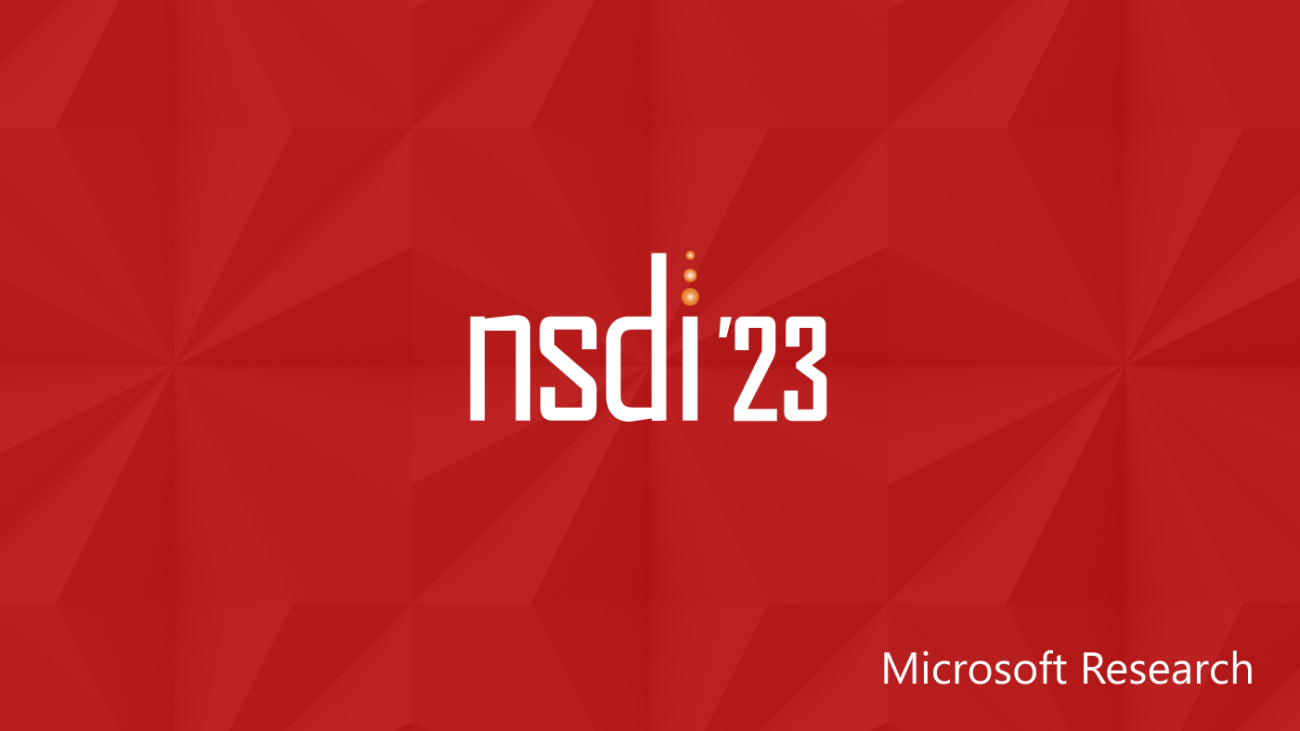

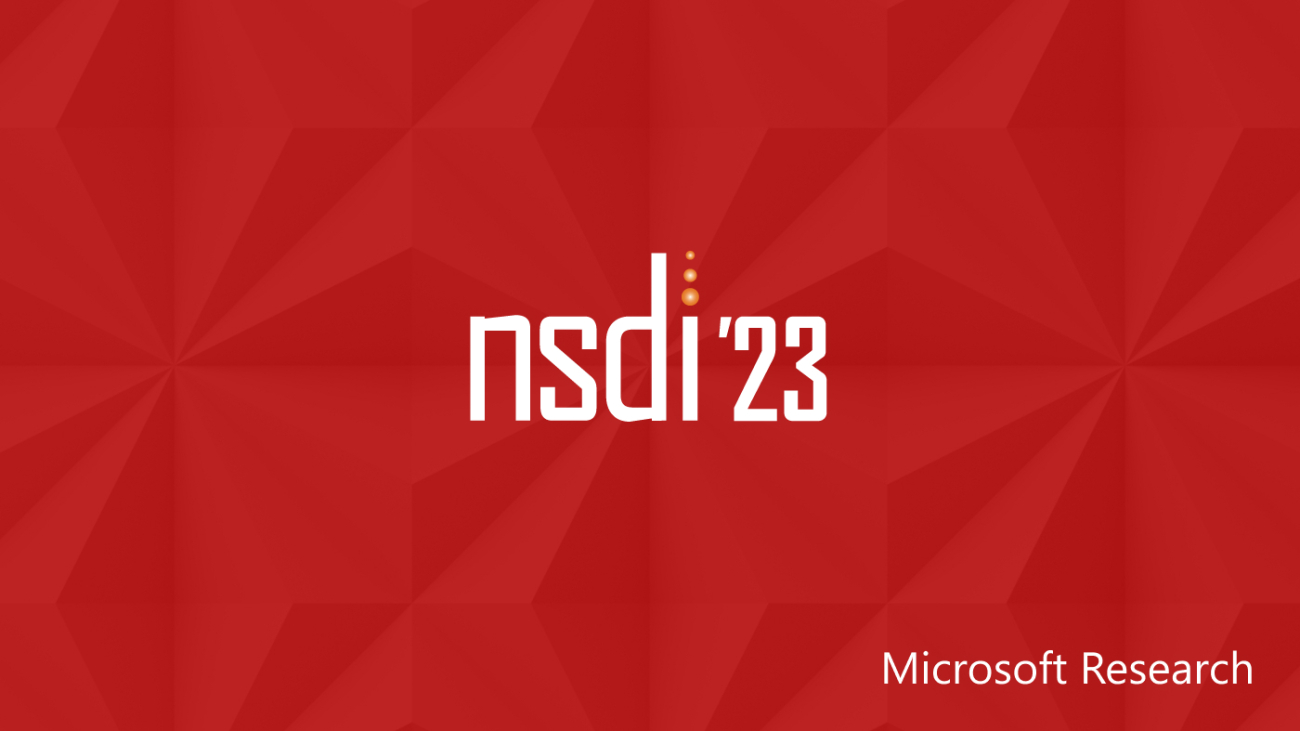






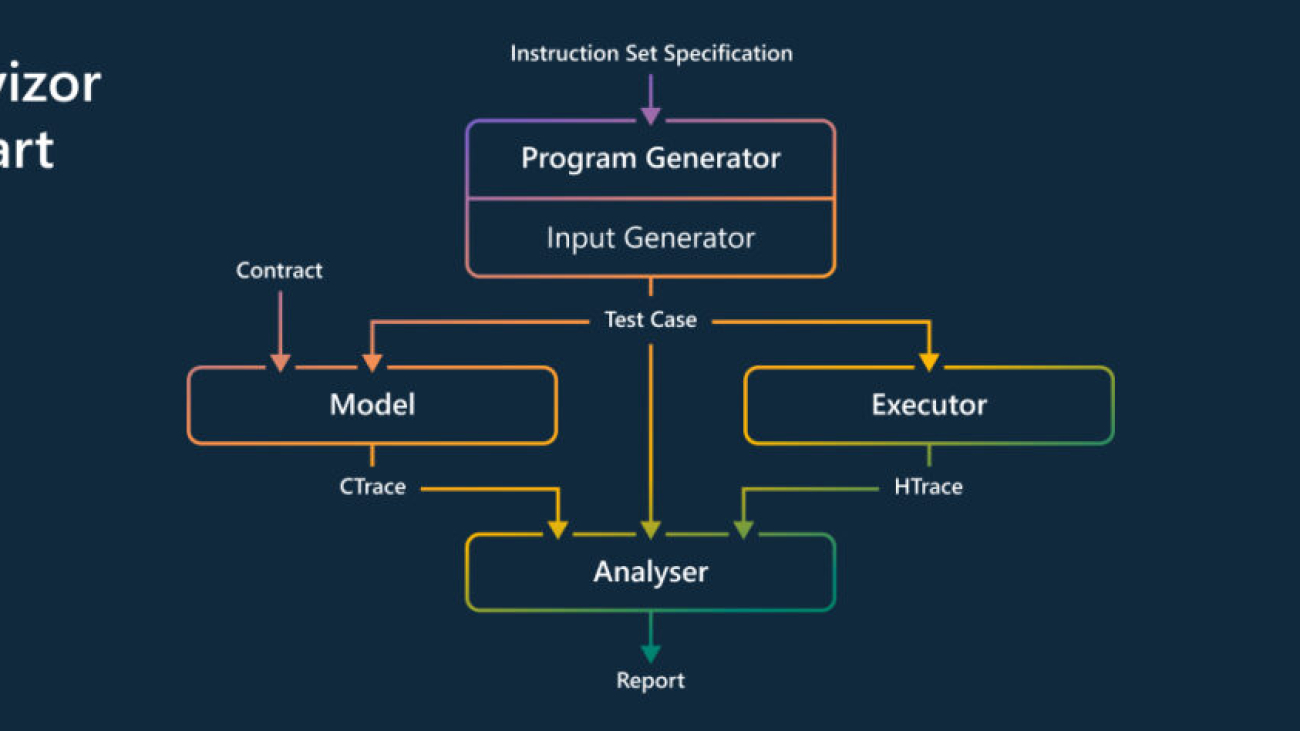
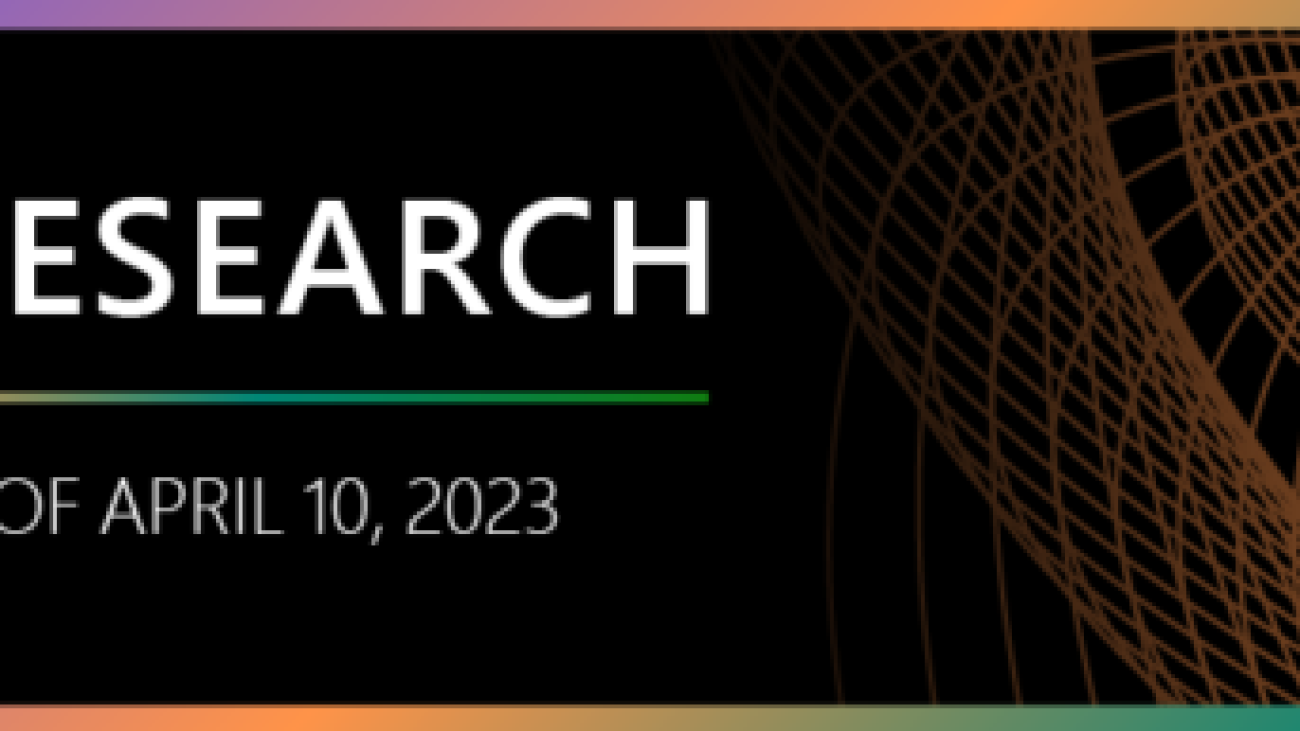

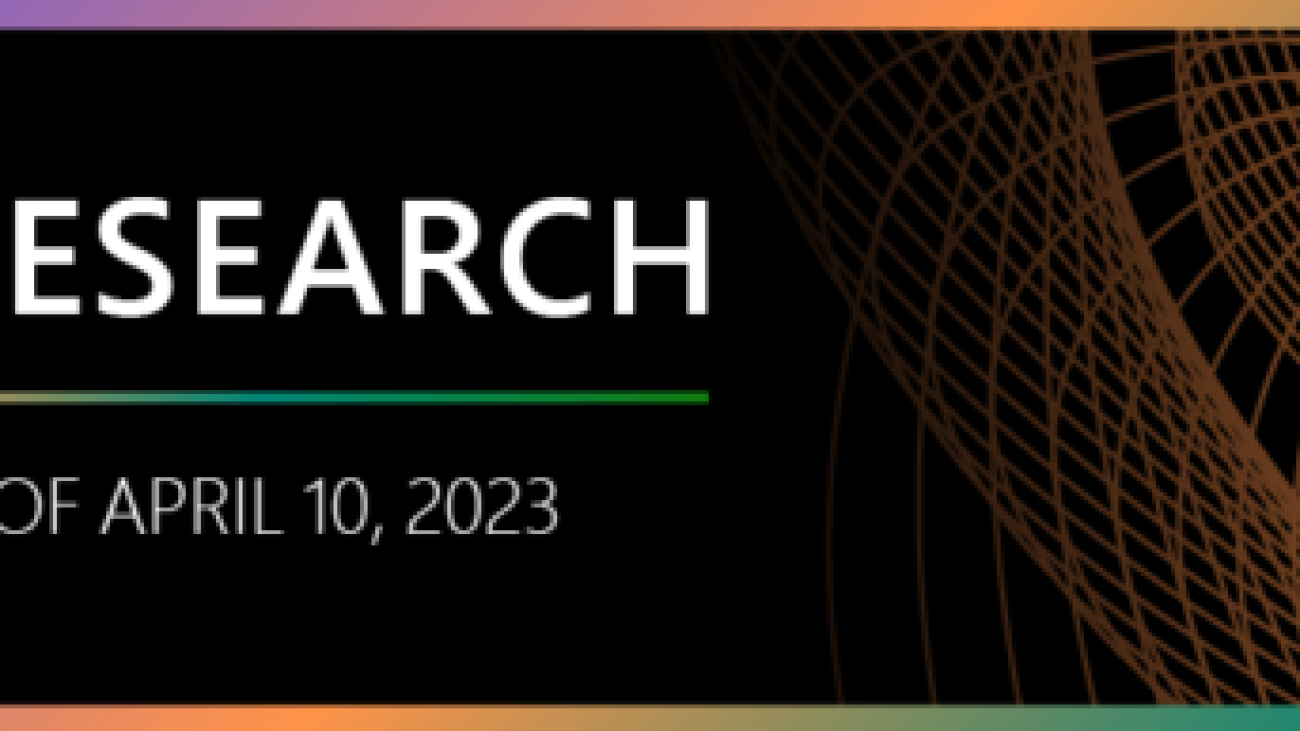

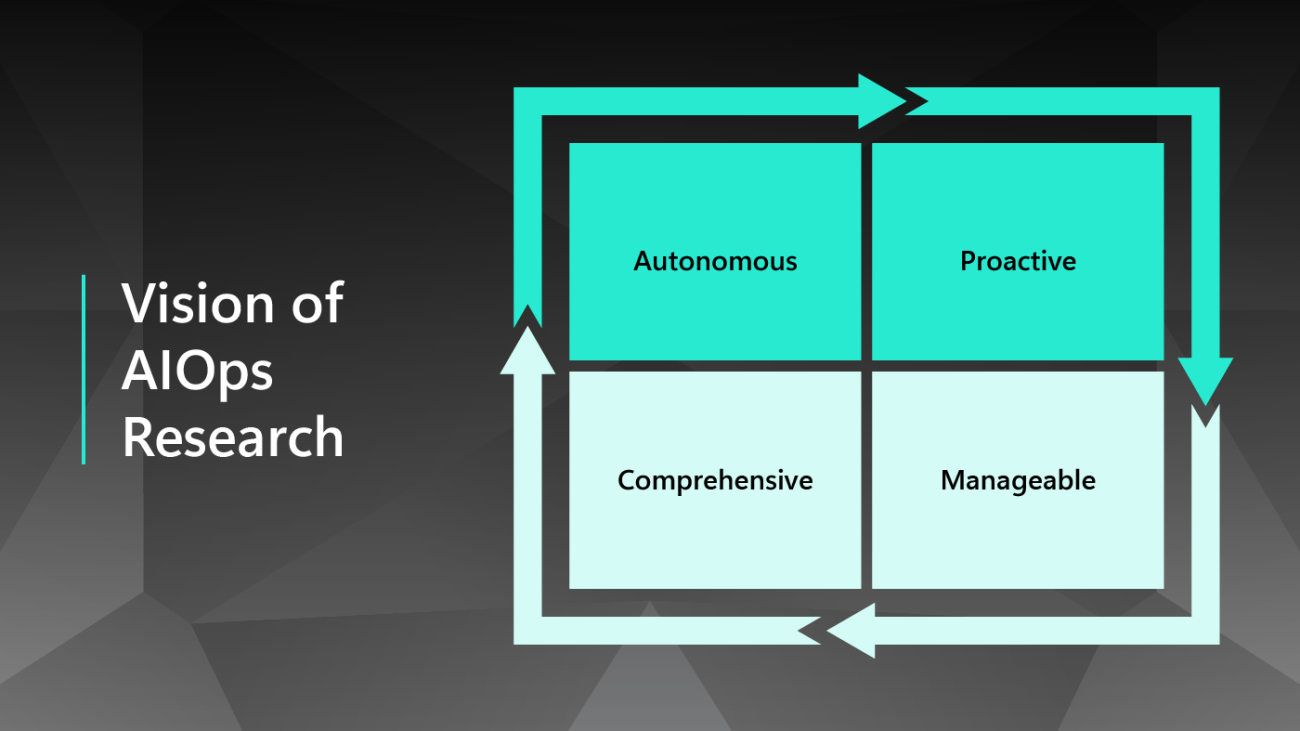




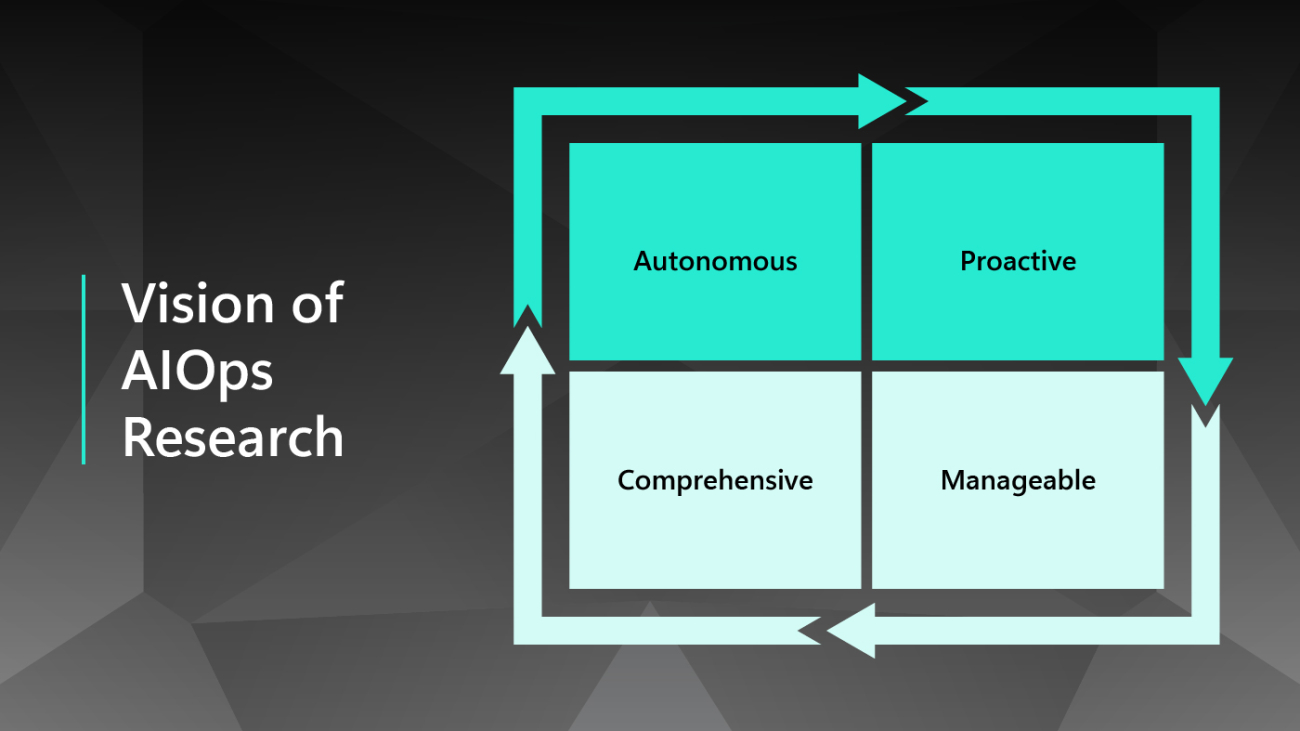



 Lyme, A New T-Cell Clinical Test for the Detection of Early Lyme Disease
Lyme, A New T-Cell Clinical Test for the Detection of Early Lyme Disease